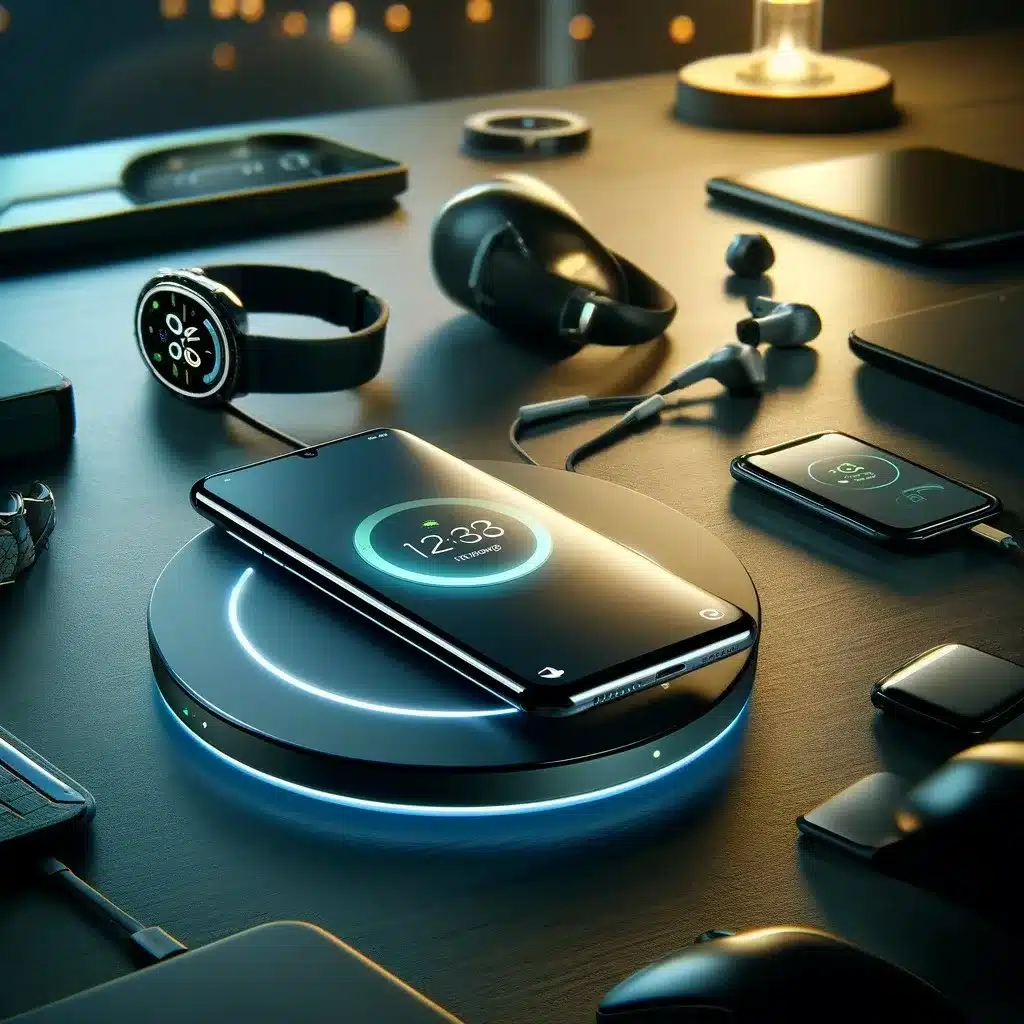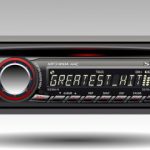
Introduction
Wireless charging technology has significantly transformed the powering of electronic devices. From smartphones to electric vehicles, this technology offers the allure of powering our devices simply by placing them on a surface—no plugs necessary. This innovative technology, once a futuristic concept, has become a cornerstone in addressing the limitations of traditional wired charging methods. Read this article to understand the various aspects of wireless charging, examining its significance, benefits, applications, and some popular wireless chargers.
Understanding Wireless Charging
Wireless charging, also called inductive charging or cordless charging, is a trending technology presenting an elegant charging solution for multiple devices without requiring physical connectors or cables. This technology offers convenience in terms of fast, robust charging and portability by simply placing the device on or near the charging station. Furthermore, this technology is versatile and is integrable into various environments and products, including smartphones, wearables, electric vehicles, furniture, and public spaces. The desire for greater convenience and reduction in cable clutter has made cordless charging a widely adopted technology across various sectors and applications.
The Rising Need for Wireless Charging
The rising need for wireless charging is evident across various industries, driven by the demand for convenience, enhanced user experience, durability, sustainability, safety, and innovative design. Looking into history, the concept of wireless power transmission dates back to the late 19th century when Nikola Tesla demonstrated the possibility of transferring electricity without wires. Recent technological advancements, especially the development of the Qi standard by the Wireless Power Consortium (WPC) in 2008, marked a significant milestone, leading to widespread adoption in consumer electronics.
Wireless Chargers: The Key Devices for Wireless Charging
Wireless chargers or cordless chargers are devices designed to charge the batteries of multiple electronic devices like smartphones, tablets, and smartwatches without the need for physical cables. They provide a convenient way of charging compatible devices by properly placing them on a charging pad or stand. A wireless charger comes in various types. Qi (pronounced “chee”) is the most widely-adopted wireless charging standard used by many smartphone manufacturers, including Apple, Samsung, and LG. Other examples include puck and pad chargers, stand chargers, multi-device chargers, magnetic wireless chargers, and vehicle chargers.
Wireless Charging is of Two Types
The two cordless charging technologies include inductive and resonant charging. Inductive charging requires the device to be closely aligned with the charging station, which is why you often see pads where phones are placed very precisely. Resonant charging, however, allows a greater distance between the transmitter and receiver, making it possible to charge devices over a few centimeters.
The Range of Wireless Charging
The type of wireless charging technologies determines the effective range of the cordless charging capabilities. The Qi standard generally works over very short distances. For most consumer electronics like smartphones and smartwatches, the practical charging range remains within a few centimeters, as this allows for efficient and quick energy transfer while maintaining safety standards. Inductive charging has a very close proximity charging range, usually a few millimeters, as compared to resonant charging, which has a relative range of up to a few centimeters.
Comparing Wireless Charging vs. Wired Charging
Wireless and wired charging are two popular methods for powering electronic devices. Wired charging – the traditional method – involves connecting a device to a power source via a cable, typically ensuring faster and more stable power delivery. This method is favoured for its speed and reliability, which is especially important for high-energy consumption devices.
In contrast, charging without wires offers the convenience of charging without the physical tether of a cable. While generally slower and less energy-efficient than wired charging, wireless technology enhances user convenience by enabling a “drop and charge” experience and reducing wear and tear on physical charging ports.
Potential Advantages and Current Applications of Cordless Charging
Wireless charging is increasingly common in various applications, especially in consumer electronics. The technology offers the convenience of charging without the hassle of plugging and unplugging cables. Users’ safety, aesthetics, ease of use, portability, and durability are among the potential advantages that cordless charging offers. Besides consumer electronics, cordless charging is an effective charging solution for electric vehicles (EVs), medical devices, and industrial applications.
Final Thoughts
Wireless charging stands at the forefront of technological convenience, blending seamlessly into our daily lives while offering a glimpse into a cordless future. Embracing this innovative technology enhances user experience and contributes to the development of more sustainable and user-friendly electronic devices. Advancements in this technology, including longer-range charging, would allow devices to be charged at distances from the charging station and even integrated into smart home ecosystems for more automated and seamless operation.
Most Common FAQs About Wireless Charging
What devices are compatible with wireless charging?
Many modern smartphones, tablets, smartwatches, and earbuds are compatible with wireless charging. Devices need to have built-in support for wireless charging or be equipped with a compatible wireless charging case or adapter.
What should I look for when buying a wireless charger?
Consider the charger's compatibility with your devices, charging speed, number of charging points, size, and whether it includes additional features like LED indicators or a cooling fan.
Can wireless charging damage my device's battery?
Wireless charging is generally safe and should not damage your device’s battery. It includes mechanisms to prevent overheating and overcharging, which helps in maintaining battery health.
Is it possible to use a phone case while charging wirelessly?
Yes, many phone cases are designed thin enough to allow wireless charging without removal. However, thick cases, metallic cases, or those with metallic attachments might interfere with the charging process.
Can wireless charging work with multiple devices at once?
Yes, some wireless chargers are designed with multiple charging spots to charge several devices simultaneously, like smartphones, earbuds, and smartwatches.





















